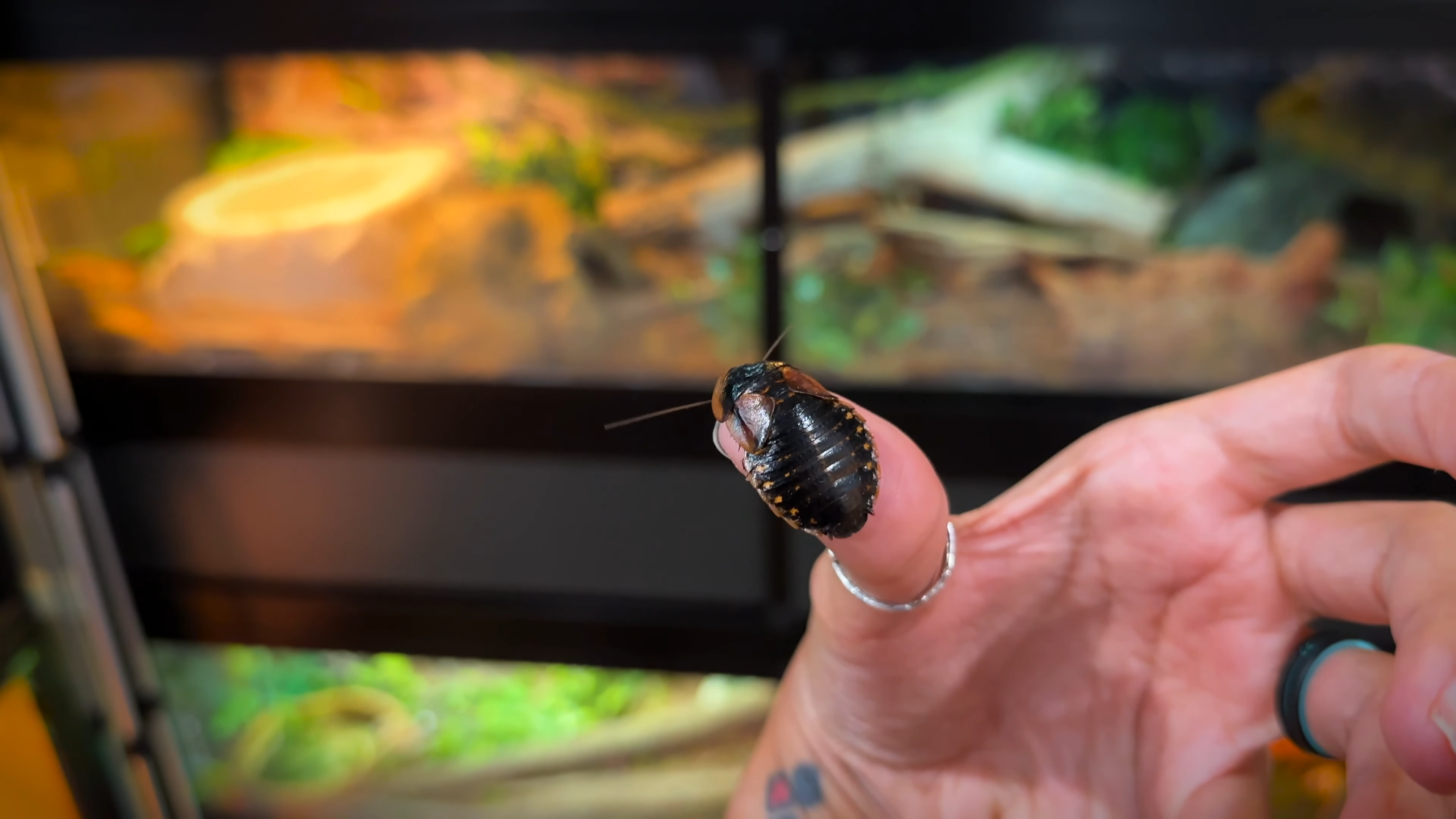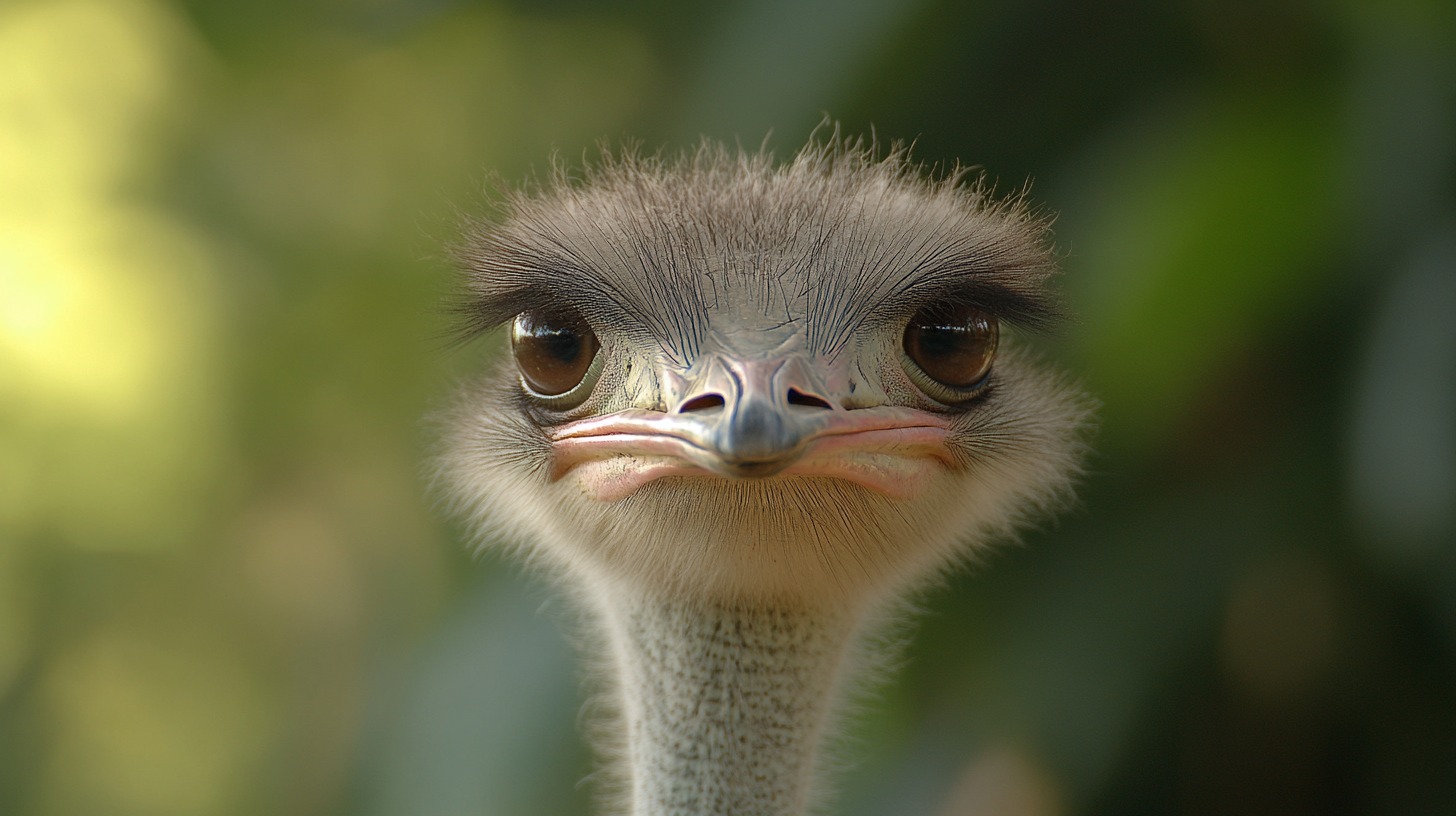
Share Post:
The animal kingdom is a wild place. Some creatures race across landscapes with lightning speed, while others take a more relaxed approach, creeping and crawling at a pace that seems almost glacial.
Today, I want to share with you some of the slowest animals in the world. Each of them has a fascinating story, proving that life in the slow lane isn’t necessarily a bad thing. So, grab a comfy seat, and let’s explore these unique and unhurried beings.
Table of Contents
Toggle12. Dwarf Seahorse
Speed: 0.00176 mph (0.00282 km/h)
Habitat: Coastal waters in the Gulf of Mexico and the Caribbean Sea
At the very start, we have the dwarf seahorse, the slowest swimming fish on the planet. Moving at a mere 0.00176 mph, it makes the other slowpokes on this list look like sprinters. But what it lacks in speed, it makes up for in other ways. Although it is a dwarf seahorse, it is far from the smallest fish in the world.
Dwarf seahorses are tiny and well-camouflaged, making them hard to spot by predators. They’re also monogamous, forming pairs that stick together for life. The male carries the fertilized eggs in a brood pouch until they hatch, which is just one more reason to admire these little creatures.
11. American Woodcock
Speed: 5 mph (8 km/h) during migration
Habitat: North America, primarily in forests and wetlands
The American woodcock is a bird that doesn’t exactly zoom through the sky. In fact, its slow, erratic flight pattern is part of its charm. During migration, woodcocks fly at a leisurely pace, making them one of the slowest migratory birds.
On the ground, the woodcock moves slowly too, relying on its excellent camouflage to avoid predators. The males have a unique courtship display that involves a series of slow, spiraling flights accompanied by a distinctive call. Watching this dance of love is a reminder that sometimes, slow can be spectacular.
10. Slow Worm
Speed: 0.05 mph (0.08 km/h)
Habitat: Europe and Asia
The slow worm isn’t actually a worm at all—it’s a legless lizard. Its slow, secretive movements make it a master of stealth, as it prefers to burrow through the soil or slither under leaf litter in search of insects and other small invertebrates.
What’s interesting about the slow worm is that it can blink and shed its skin in one piece, unlike snakes. It might not be fast, but its ability to stay hidden is what keeps it safe from predators.
9. Manatee
Speed: 5 mph (8 km/h)
Habitat: Coastal waters and rivers in the Americas and West Africa
Manatees, or sea cows as they’re often called, are large, gentle creatures that spend most of their time grazing on seagrass and other aquatic plants. They’re slow, but that doesn’t mean they’re lazy. Manatees are incredibly graceful in the water, despite their size.
They don’t have any natural predators, so they can afford to take life at a leisurely pace. What I find most endearing about manatees is their peaceful nature. They’re curious and friendly, often approaching boats and swimmers just to say hello.
8. Seahorse
Speed: 0.01 mph (0.016 km/h)
Habitat: Coastal waters worldwide
Seahorses are known for their unique shape and slow swimming style. They use a small fin on their back to propel themselves through the water, but it doesn’t get them very far, very fast. They’re so slow, in fact, that they’re often found clinging to seagrass or coral to avoid being swept away by currents.
What’s fascinating about seahorses is that they have an unusual way of feeding, using their elongated snouts to suck in tiny prey like plankton. Their slow movements and excellent camouflage help them avoid predators in the bustling underwater world.
7. Slow Loris
Speed: 1.2 mph (1.9 km/h)
Habitat: Southeast Asia
The slow loris might be slow, but don’t let that fool you into thinking it’s defenseless. This small primate is known for its cautious, deliberate movements. Its slow pace helps it avoid detection by predators and allows it to navigate dense foliage without making much noise.
The slow loris is also a skilled hunter, preying on insects, small birds, and reptiles. Its slow movements make it a surprisingly effective stalker. And, believe it or not, the slow loris has a venomous bite—one of the few mammals that can claim that distinction.
6. Koala
Speed: 0.3 mph (0.48 km/h)
Habitat: Eastern Australia
Koalas are probably some of the cutest animals on this list, and they also live life in the slow lane. Spending most of their time in eucalyptus trees, they munch on leaves that most animals can’t digest. These leaves are low in energy and require a lot of digestion time, so koalas have evolved to move slowly and sleep a lot—up to 20 hours a day.
Their slow lifestyle helps them conserve energy, which is necessary given their specialized diet. Watching a koala move can be a lesson in relaxation—they just never seem to be in a hurry.
5. Banana Slug
Speed: 0.18 mph (0.29 km/h)
Habitat: North American forests, especially in the Pacific Northwest
Banana slugs are just as slow as they sound, sliding through the forest floor at a pace that’s almost meditative. Named for their bright yellow color and elongated shape, banana slugs are nature’s recyclers, breaking down dead plant material and turning it into nutrients that feed the forest.
Like other slugs, they leave a trail of mucus behind, which helps them move but also slows them down. But being slow isn’t a disadvantage for them; it’s just part of their role in the ecosystem.
4. Giant Tortoise
Speed: 0.2 mph (0.3 km/h)
Habitat: Galápagos Islands and Aldabra Atoll
When you think of a tortoise, you probably think of slow and steady—and for good reason. The giant tortoise is a symbol of patience and longevity, with some living over 100 years. Their slow metabolism is key to their long life, and they spend their days leisurely grazing on grasses and other vegetation.
Their large, sturdy shells provide all the protection they need, so speed just isn’t a priority. Plus, in their island habitats, they don’t have many predators, so they can afford to take their time.
3. Starfish
Speed: 0.06 mph (0.097 km/h)
Habitat: Oceans worldwide
Moving on to the ocean, starfish (or sea stars) are some of the most laid-back creatures in the sea. Using tiny tube feet on the underside of their bodies, they move across the ocean floor in search of food. It’s a painstakingly slow process, but they don’t seem to mind.
Starfish aren’t in any rush to get anywhere—they’re scavengers, feeding on decaying organic matter and the occasional mollusk that happens to be even slower than they are. What’s cool about starfish is their ability to regenerate lost limbs. So, while they might be slow, they’re also survivors in the truest sense.
2. Garden Snail
Speed: 0.03 mph (0.048 km/h)
Habitat: Gardens and fields worldwide
Garden snails are the epitome of slow, carrying their homes on their backs and leaving a shiny trail of mucus wherever they go. This gooey trail actually reduces friction, making it easier for them to glide over surfaces, but it doesn’t do much for their speed.
I find something endearing about the garden snail’s nightly adventures. They mostly come out after dark, or when it’s damp, to munch on plants, fruits, and veggies. Their slow pace is perfect for taking in the world one millimeter at a time, and they’re quite content doing so.
1. Three-Toed Sloth
Speed: 0.24 km/h (0.15 mph)
Habitat: Central and South America
I’ll finish the list with the three-toed sloth because, let’s be honest, it’s practically synonymous with slowness. These guys live high up in the rainforests, hanging upside down from tree branches like nature’s laziest acrobats.
Their lives are so unhurried that algae actually grow on their fur, which sounds kind of gross but helps them blend into the greenery around them—a handy trick when you’re this slow. What’s fascinating is that their sluggish nature is partly due to their diet of leaves, which doesn’t offer much in the way of energy.
With such low-energy fuel, sloths move slowly to conserve what little they have. If you ever get a chance to see one, you might even envy their chill lifestyle—sleeping up to 20 hours a day and moving only when absolutely necessary.
Wrapping Up
The animals we’ve explored today remind me that life doesn’t always have to be a race. Slowness has its own kind of beauty, offering a chance to see the world in a different way.
Whether it’s the languid grace of a manatee or the deliberate steps of a slow loris, each of these animals has adapted to life in the slow lane and thrived there. So, the next time you feel rushed or stressed, think about these slow movers and take a moment to appreciate the art of taking it easy.
After all, sometimes it’s the slowest journey that brings the greatest rewards.




















